2015 上半年上海教师资格高中英语学科知识与教学能力真
题及答案
注意事项:
1.考试时间 120 分钟,满分 150 分。
2.请按规定在答题卡上填涂、作答。在试卷上作答无效,不予评分。
一、单项选择题(本大题共 30 小题,每小题 2 分,共 60 分)
在每小题列出的四个备选项中选择一个最佳答案。请用 28 铅笔把答题卡上对应题目的答
案字母按要求涂黑。错选、多选或未选均无分。
1. Which of the following shows the proper pronunciation of "whose" in the sentence
"In America, Li stayed in a family whose landlady could help him with his English"?
A./hus/
B./huz/
C./hu:s/
D. /hu:z/
2. In terms of the place of articulation, [t] [d] [s] [z] [n] are all __________.
A. palatal
B. alveolar
C. bilabial
D. dental
�
3. In Rome, tourists may easily get__________ because all the streets look the same.
A. disoriented
B. deluded
C. distracted
D. delineated
4. He immediately replied with an __________ "YES" to the request that he attend
the public hearing.
A. effective
B. eloquent
C.emotional
D. emphatic
5. Perseverance, modesty and opportunity are the__________ factors for the girl's
success in her career.
A. contributed
B. contributing
C. contributor
D. contribution
6. Through doing this, the teacher will be able to ascertain the extent to__________
the children understand what they are reading.
�
A. how
B. which
C. that
D. what
7. Before you leave the office, __________ all lights are out.
A. see which
B. seeing that
C. to see that
D. see to it that
8. __________she heard her grandfather was bom in Germany.
A. That was from her mum
B. It was her mum that
C. It was from her mum that
D. It was her mum whom
9. In ordinary conversations, participants are expected, first of all, to
__________ , otherwise,communication would break down.
A. stand straight
B. coordinate
�
C. speak the truth
D. cooperate
10. The language used to describe the language itself is called __________.
A. paralanguage
B. special language
C. metalanguage
D. interlanguage
11. The first P in the PPP teaching model stands for __________, which aims to get
learners to perceive the form and meaning of a structure.
A. practice
B. production
C. presentation
D. preparation
12. The main objective of mechanical practice is to help learners to absorb
thoroughly the__________ of a language item.
A. meaning
B. function
C. context
D. form
�
13. The__________ method is more fitted to the explicit presentation of grammar when
the basic structure is being identified.
A. inductive
B. contrastive
C. comparative
D. deductive
14. Which of the following can be regarded as a communicative language task?
A. Information-gap activity.
B. Dictation.
C. Sentence transformation.
D. Blank-filling.
15. If a teacher asks students to concentrate on such features as structure,
coherence and cohesion of a text, he/she aims at developing students' __________.
A. strategic competence
B. cultural awareness
C. communicative competence
D. discourse awareness
16. English teachers often ask students to __________ a passage to get the gist of
it.
�
A. skim
B. scan
C. predict
D. describe
17. The correct meaning of a lexical item in a given context is __________.
A. the one provided in a dictionary
B. the one which best fits the context
C. the central or core meaning of the item
D. the one which is assumed to be correct
18. In writing, students may not know how to put something into proper English and
thus ask their teacher for help. Here the teacher is to play the role of a/an
__________.
A. facilitator
B. assessor
C. controller
D. participant
19. A/An __________ language test, such as IELTS or TOEFL, is developed on the basis
of a fixed standard.
A. norm-referenced
�
B. peer-referenced
C. individual-referenced
D. criterion-referenced
20. A systematic textbook evaluation is NOT to examine whether a textbook __________.
A. covers all grammatical rules
B. provides authentic language
C. matches the needs of learners
D. can help realize the objectives of a language program
请阅读 Passage l,完成第 21~25 小题。
Passage 1
They came to the United States as children with little idea, if any, of what it meant
to overstay a visa. They enrolled in public schools, learned English, earned high
school diplomas. Like many of their classmates, they pondered college choices. But
as undocumented immigrants in Maryland, they then had to confront the reality that
they must pay two to three times what former high school classmates pay to attend
the state's public colleges. It is a rule that, for many students of modest means,
puts a college education out of reach, with one exception: Montgomery College.
That is why Josue Aguiluz,21, born in Honduras, and Ricardo Campos,23, born in El
Salvador--and numerous others like them--landed at the community college. There,
they study and wait for a verdict from Maryland voters on a Nov.6 ballot measure
that may determine whether they can afford to advance to a four-year college.
�
"I know people in Maryland believe in education," Campos said the other day at the
student center on the Rockville campus. "1 know they are going to vote for Question
4. I' m hanging on their vote."
Question 4 asks voters to affirm or strike down a law that the legislature passed
last year,known as Maryland's version of the "Dream Act," which granted certain
undocumented immigrants the ability to obtain in-state tuition at public colleges
and universities. The subsidy comes with conditions. Among them: To take advantage,
students must first go to a two-year community college.
The law was pushed to a referendum after opponents mounted a lightning petition drive
that showed the depth of division over illegal immigration across the state and the
nation. Critics say discounting tuition for students who lack permission to be in
the country is an unjustified giveaway of what they believe will amount to tens of
millions of tax dollars a year.
"When an undocumented student enters the system, it is a net loss of revenue," said
Del.
Patrick L. McDonough."It is a simple mathematical argument. Put your emotion and
your passion aside, and get out your calculator."
There is no count of the number of students statewide who would be eligible for
benefits under the law. Estimates range from several hundred to a few thousand.
A Washington Post poll this month found that a solid majority of likely voters favored
the law:59 percent support it, and 35 percent are opposed. If the law is affirmed,
Maryland would join about a dozen other states with laws or policies providing
in-state tuition benefits to undocumented immigrants. Texas became the first in
2001.
�
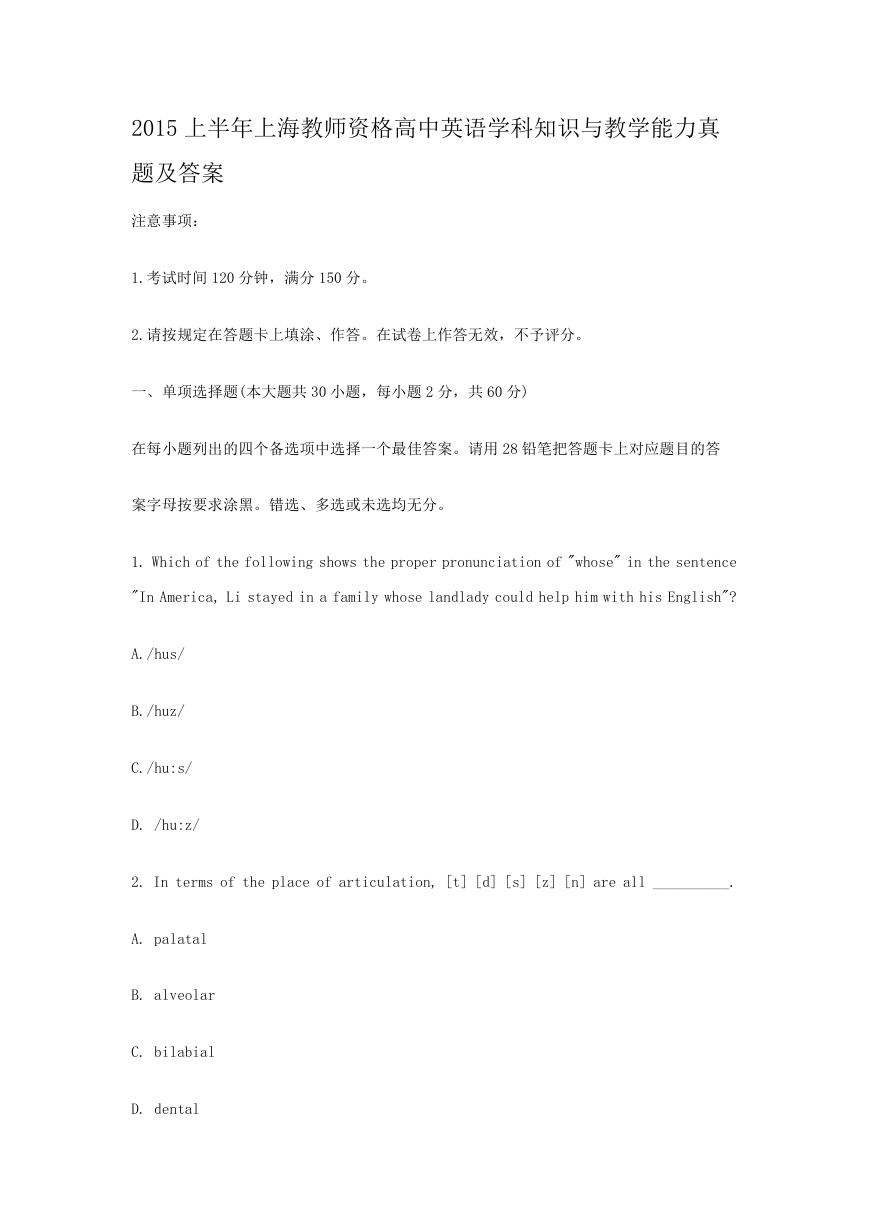
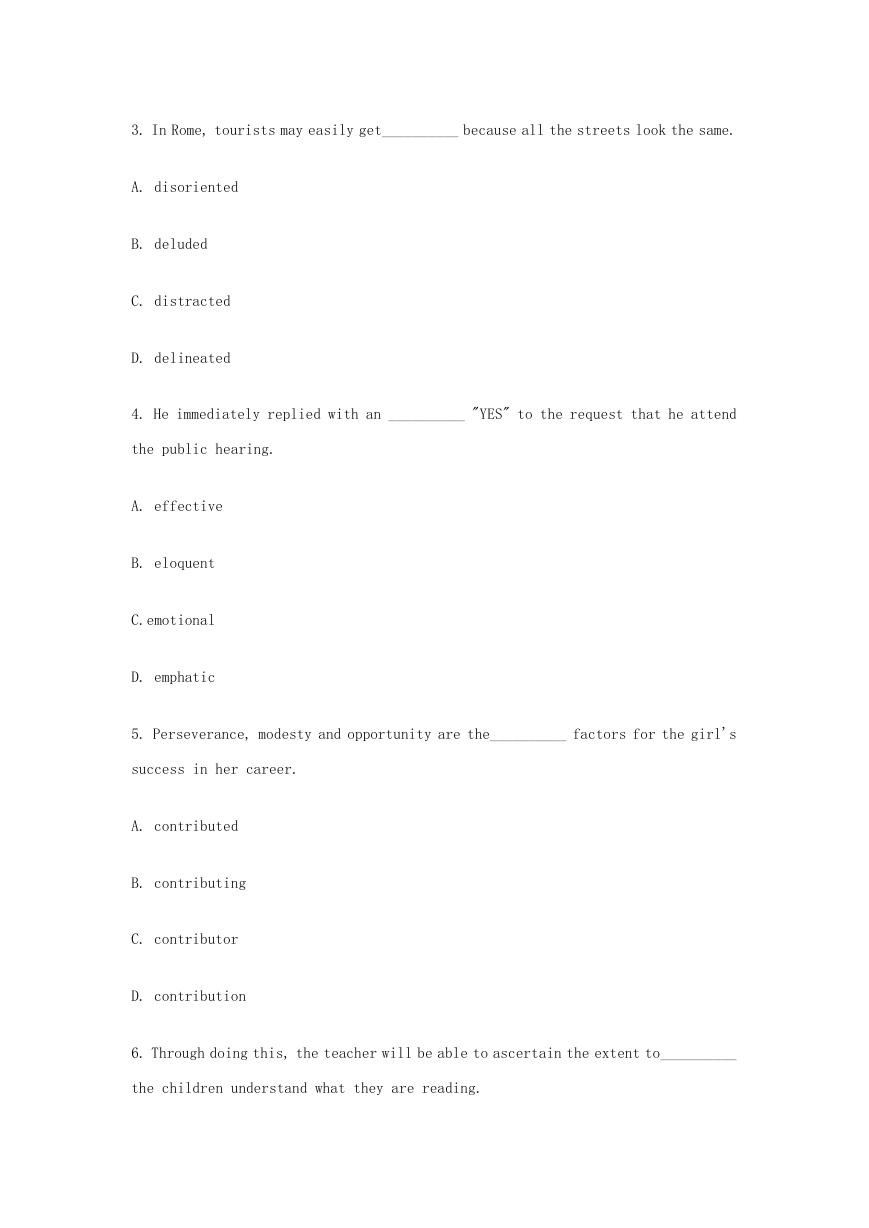

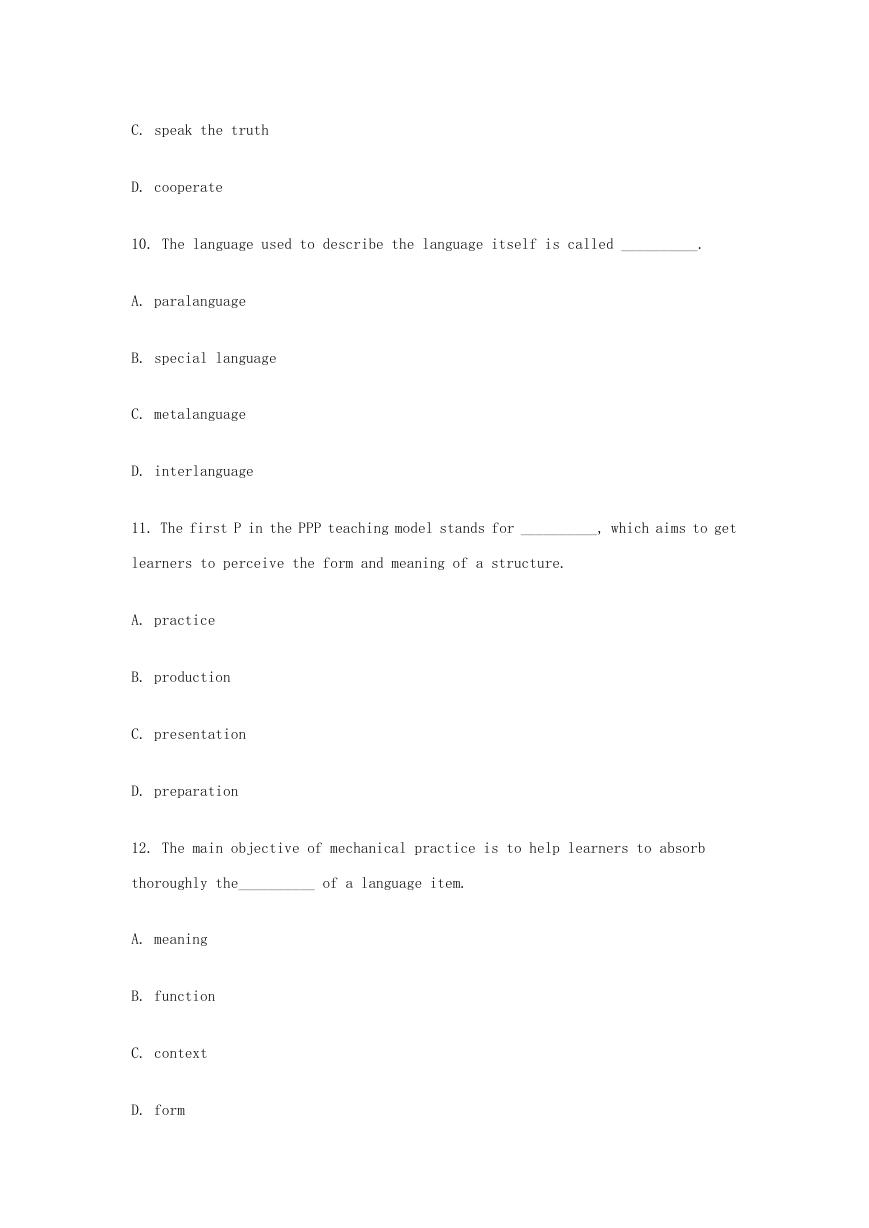

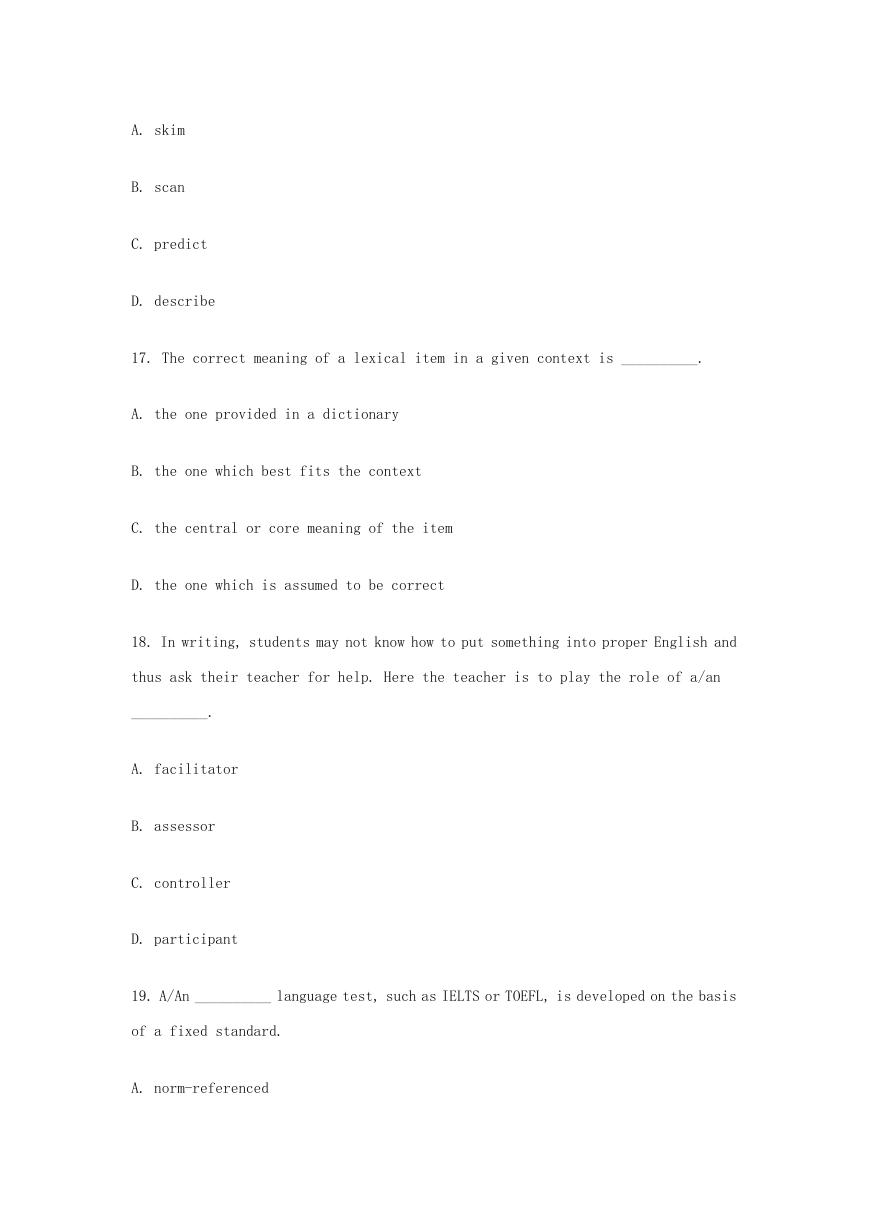
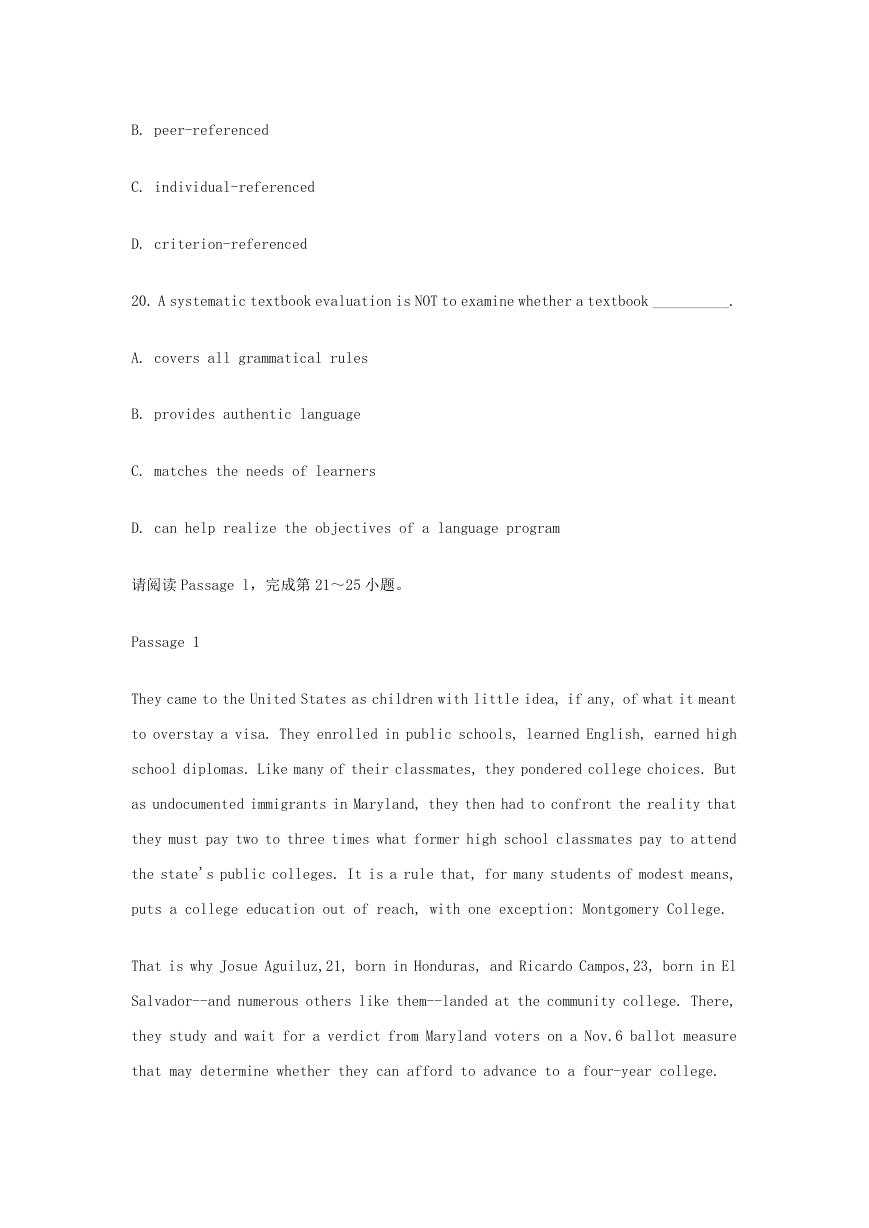
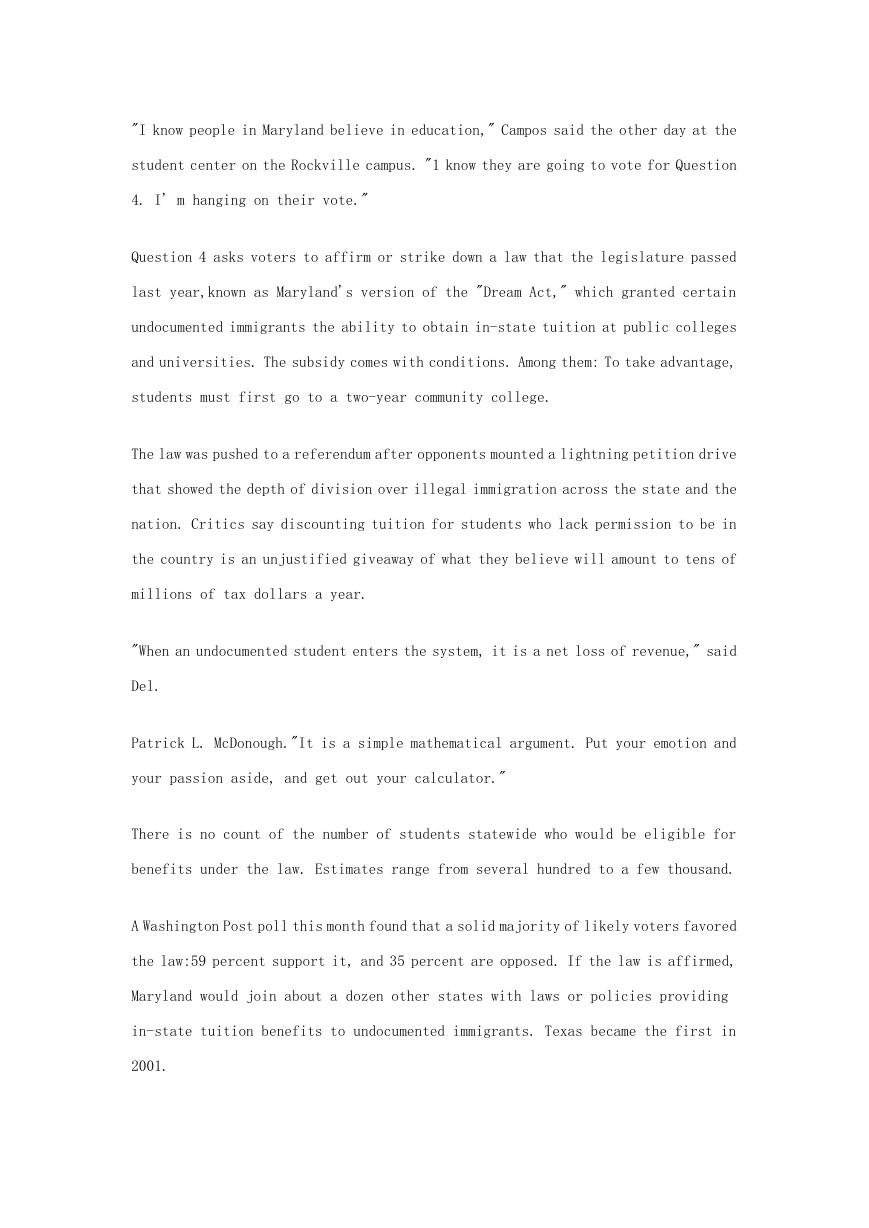








 2023年江西萍乡中考道德与法治真题及答案.doc
2023年江西萍乡中考道德与法治真题及答案.doc 2012年重庆南川中考生物真题及答案.doc
2012年重庆南川中考生物真题及答案.doc 2013年江西师范大学地理学综合及文艺理论基础考研真题.doc
2013年江西师范大学地理学综合及文艺理论基础考研真题.doc 2020年四川甘孜小升初语文真题及答案I卷.doc
2020年四川甘孜小升初语文真题及答案I卷.doc 2020年注册岩土工程师专业基础考试真题及答案.doc
2020年注册岩土工程师专业基础考试真题及答案.doc 2023-2024学年福建省厦门市九年级上学期数学月考试题及答案.doc
2023-2024学年福建省厦门市九年级上学期数学月考试题及答案.doc 2021-2022学年辽宁省沈阳市大东区九年级上学期语文期末试题及答案.doc
2021-2022学年辽宁省沈阳市大东区九年级上学期语文期末试题及答案.doc 2022-2023学年北京东城区初三第一学期物理期末试卷及答案.doc
2022-2023学年北京东城区初三第一学期物理期末试卷及答案.doc 2018上半年江西教师资格初中地理学科知识与教学能力真题及答案.doc
2018上半年江西教师资格初中地理学科知识与教学能力真题及答案.doc 2012年河北国家公务员申论考试真题及答案-省级.doc
2012年河北国家公务员申论考试真题及答案-省级.doc 2020-2021学年江苏省扬州市江都区邵樊片九年级上学期数学第一次质量检测试题及答案.doc
2020-2021学年江苏省扬州市江都区邵樊片九年级上学期数学第一次质量检测试题及答案.doc 2022下半年黑龙江教师资格证中学综合素质真题及答案.doc
2022下半年黑龙江教师资格证中学综合素质真题及答案.doc